The Bronze Age Handling Box contains a flint nodule, a selection of flint scrapers and various pieces of flint waste. Scroll down to find out more about how flint was used in Bronze Age Ireland.
How was flint used during the Bronze Age?
Flint tools or lithics are common archaeological finds and had varied uses in the prehistoric and medieval periods, from arrowheads to knives and scrapers. Their cheapness, durability and effectiveness ensured that they were widely used, even after the introduction of metal to Ireland. Flint and chert are two common types of stone used in the Irish Bronze Age. Flint, found in the form of nodules and scattered throughout the Irish landscape, is particularly plentiful in the North East of Ireland.
Flint scrapers are some of the most common tools produced by Ireland's Bronze Age knappers. They were used in the processing of animal hides. Scrapers are tools which have been retouched to be sufficiently sharp in order to remove excess fat and tissue from hide. The cutting edges are either concave or convex. They come in all sizes, with some called thumbnail scrapers due to their small rounded appearance.
The first flakes of a flint nodule that retain the cortex, or outer skin, are often most suitable for scraper production. This is because they tend to be naturally round and thicker than the following flakes. It is possible that scrapers were the first stone tools that young people learned to use and make in prehistory.
- What is Flint Knapping?
Archaeologists describe the technique of creating a stone tool from a nodule of flint as knapping. Archaeologists refer to those who work with flint as 'flint knappers'. Such a person is skilled and experienced in the selection of stone and in the application of different flaking techniques.
- Why is Knapping a Skill?
Knappers take great care in the preparation of the flint core and can produce very consistent results. A simple tool can be created by breaking a nodule of flint in half and then using the resulting sharp edge. More specialised tools can be created by applying different flaking techniques such as percussion or pressure. The flint workers use percussion and pressure techniques. To make a finely crafted object a flint worker can retouch the blade or flake.
Exhibition links at the Museum of Archaeology
Flint scrapers and worked nodules are on display in the ‘Prehistoric Ireland’ exhibition at the Museum of Archaeology. This exhibition traces the story of Ireland’s first inhabitants through the Mesolithic, Neolithic and Bronze Age.
Bronze Age Handling Box – Flint
Enquiry Question
Why was flint important during the Bronze Age?
What Flint Objects Are in the Handling Box?
The Bronze Age Handling Box contains a flint nodule, a selection of flint scrapers and pieces of flint waste. The flint objects in the Bronze Age Handling Box were produced by a lithic expert in Co. Cork. These were deliberately selected flakes that retained the cortex of the nodule or the outer skin.
Teaching About the Bronze Age Using Flint
There are Key Concepts, Key Questions and Learning Outcomes for a range of activities related to the Flint objects. These resources and activities can be downloaded for use in the classroom.
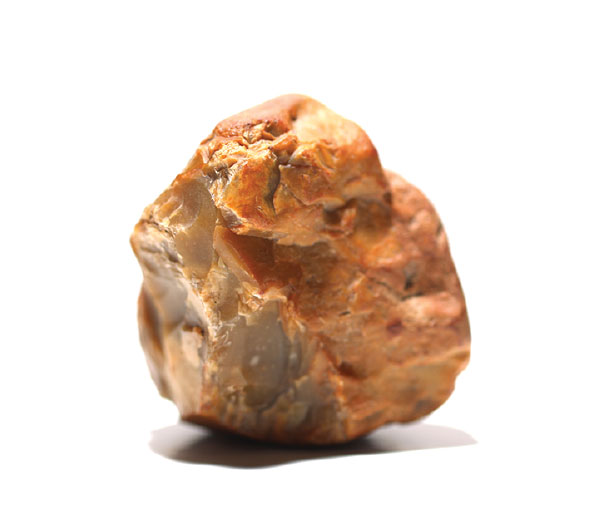
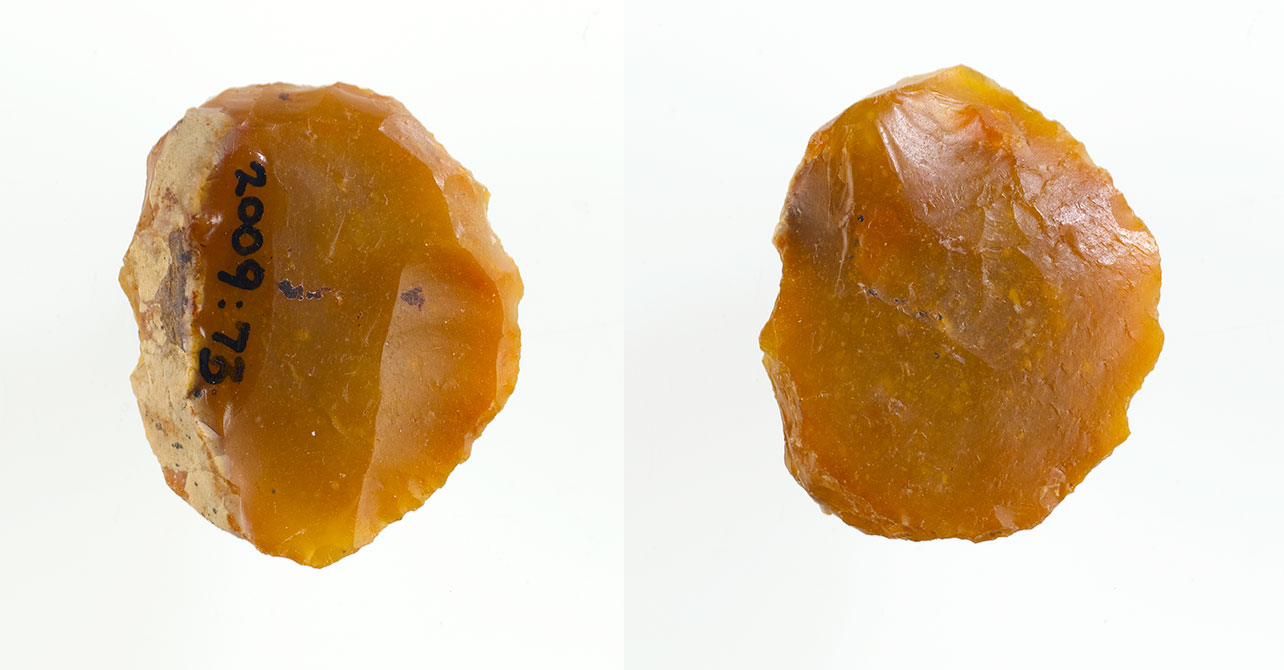
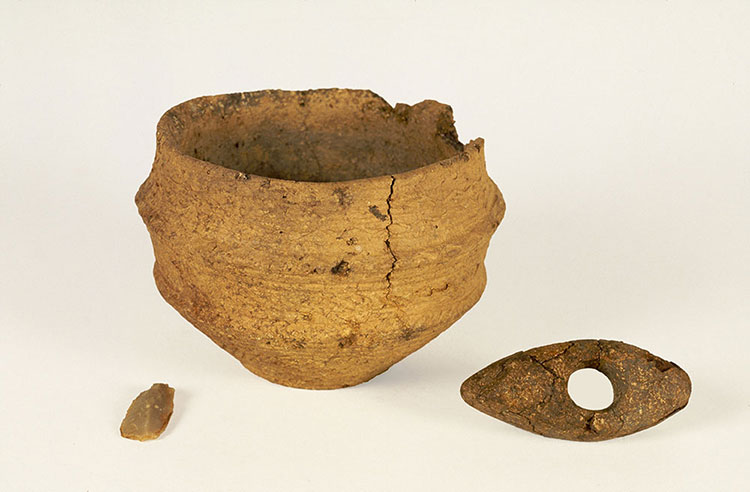
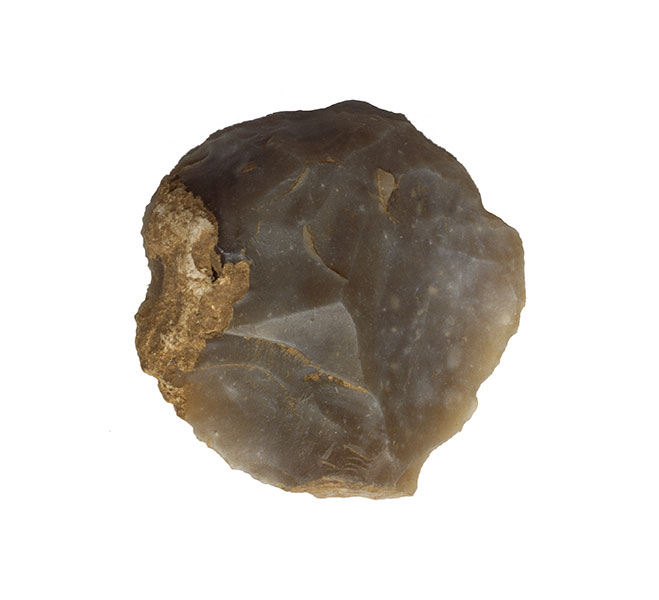
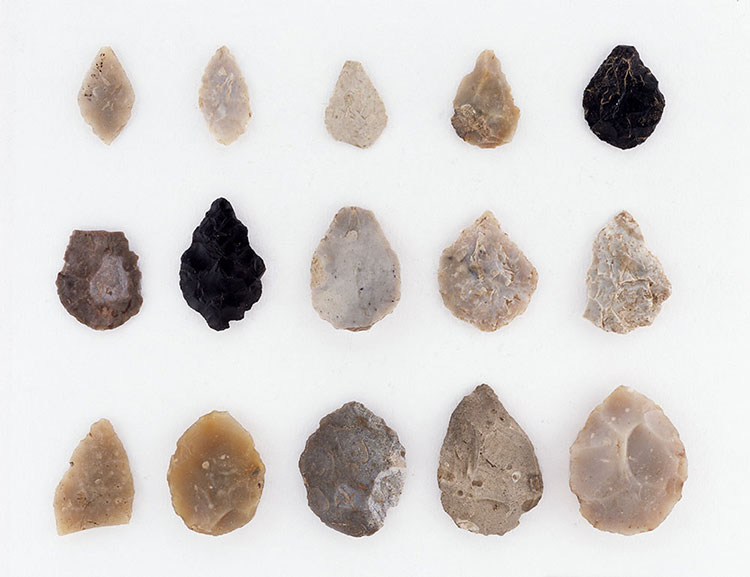
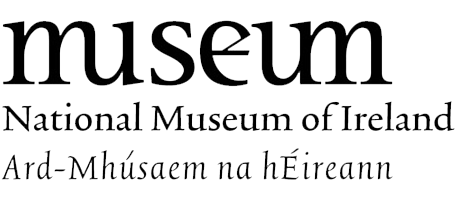 The National Museum of Ireland
The National Museum of Ireland Association of Teachers' / Education Centres in Ireland
Association of Teachers' / Education Centres in Ireland St Patrick's College, Drumcondra
St Patrick's College, Drumcondra Professional Development Service for Teachers
Professional Development Service for Teachers